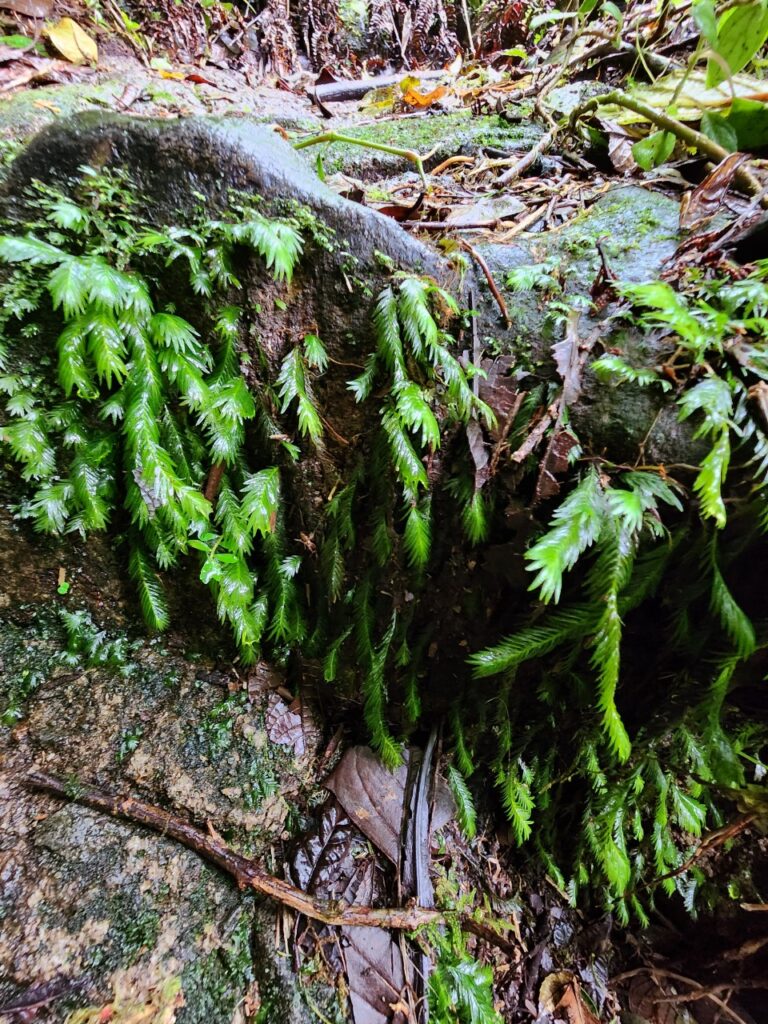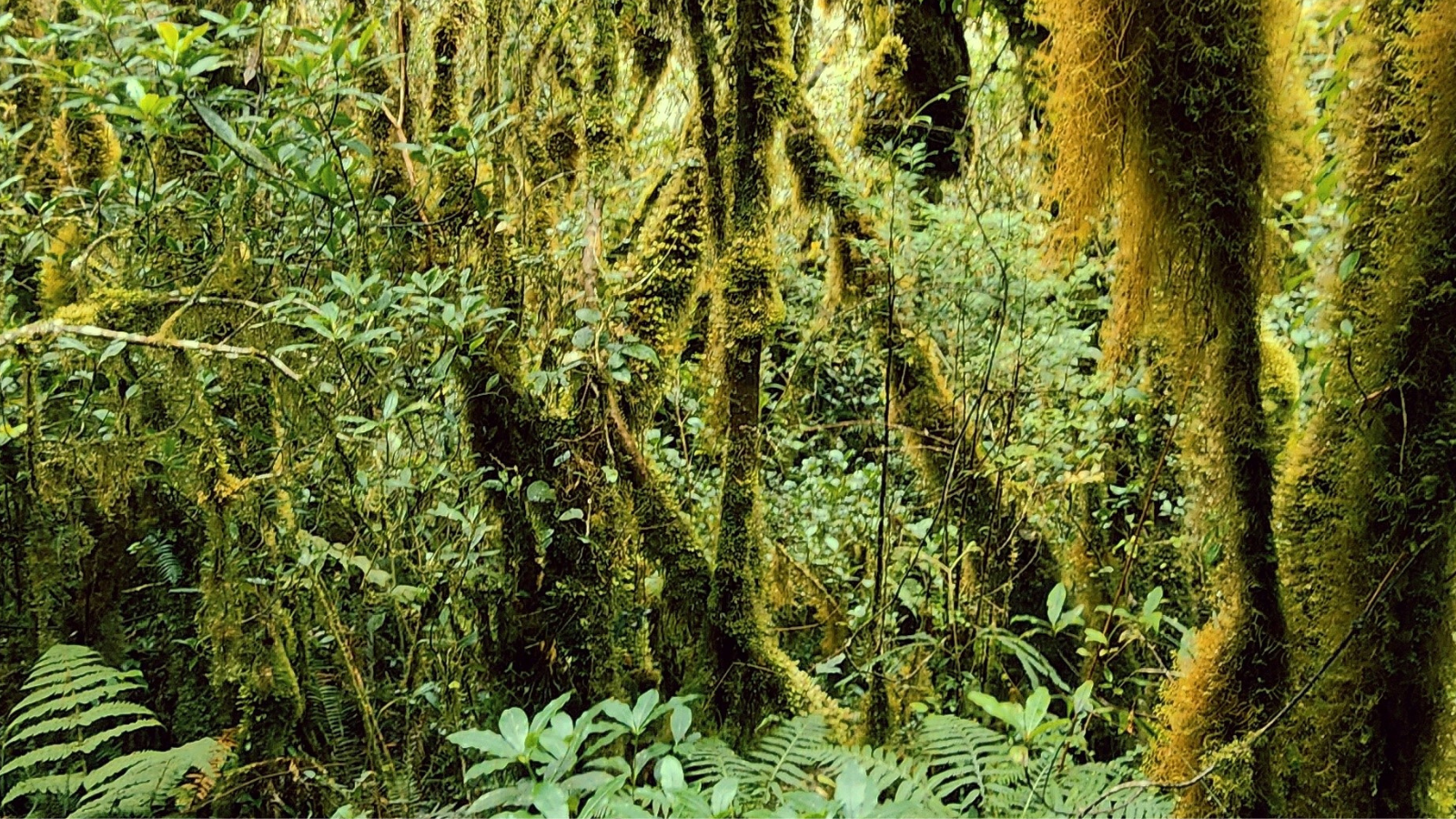Mossy forests seem like the perfect nature getaway, but why mossy forest might not be right for you?
Discover the downsides of mossy forests for green therapy and find out what kind of natural environment might be a better fit for your well-being.
Table of Contents
Introduction
Mossy forests are often depicted as idyllic sanctuaries, perfect for a dose of green therapy. With their soft, emerald carpets and air thick with the scent of damp earth, they seem like a natural place for relaxation. However, while mossy forests offer undeniable beauty and tranquility, they might not be the ideal environment for everyone seeking the benefits of nature therapy.

Potential Drawbacks of Mossy Forests
- Limited Sunlight: Mossy forests, with their dense canopies and fog, block much of the sunlight, creating a cool and damp environment. While some find this shade calming, others might crave the warmth and sunshine often associated with nature therapy.
- Moisture and Uneven Terrain: Mossy forests, thriving on moisture, often have muddy paths that can soak even waterproof shoes. The constant dampness attracts mosquitos, and in some areas, leeches might be present. The uneven terrain can be challenging for those with limited mobility, while the frequent rainfall or fog might be unpleasant for people who dislike humidity.
- Potential for Allergies: Moss and the damp conditions it thrives in can exacerbate allergies in some individuals. Symptoms like itchy eyes, runny nose, and difficulty breathing can significantly hinder the therapeutic experience.
- Limited Sensory Variety: While mossy forests offer a unique visual experience, the muted light and focus on a single shade of green can feel monotonous compared to more diverse natural landscapes.
Things to Consider Before Visiting a Mossy Forest
- Research weather conditions beforehand, as mossy forests can be quite damp and chilly, and pack appropriate footwear for the often-muddy trails.
Who Shouldn’t Visit a Mossy Forest
- If you have mobility limitations or young children.
- If you have certain respiratory conditions.
- If you have allergies to mold-spore filled air.
- If you can’t tolerate humid or hot temperature.
- If you have significant vision problems.
Alternative Green Therapy Options
- Sun-Dappled Woodlands: Forests with a mix of sun and shade offer a balance of light exposure and the calming presence of trees. A perfect place for a mindful meditation sessions.
- Coastal Environments: Beaches and dunes offer the calming sounds of waves, fresh ocean air, and a unique sensory experience. Ideal for a walk or seashell collecting.
- Meadows and Grasslands: Open fields bathed in sunlight provide a sense of expansiveness and a chance to connect with wildflowers and native grasses.
- Botanical Gardens: These curated spaces offer a variety of plants, often with well-maintained trails and clear paths. Engage in physical activity while exploring.
- Urban Green Spaces: Even small parks in urban areas can provide a much-needed nature fix.
- Local Farmer’s Market: Offers sensory variety of food, sight and smell. The abundance of fresh, locally grown produce encourages healthy eating habits.
- Plant Shops: A wonderful destination for individuals who favor indoor activities or those who find solace in plant therapy.
- Home Décor: Transform your living space with green home décor or accents to promote calm.
- Backyard or Balconies: For those with limited mobility or access to nature, even a small backyard or balcony can be a haven for green therapy. Planting herbs, flowers, or even just having a few potted plants can connect you with nature.
- Volunteer Opportunities: Volunteering at a local park, community garden, or animal shelter can combine the benefits of nature with the satisfaction of helping others.
- Mindful Walking: Even a walk around your neighborhood can be a form of green therapy if you approach it mindfully. Pay attention to the sights, sounds, and smells around you.
Find Your Peace in Nature
Soaking up the fresh air and calming sounds of nature can be a powerful stress reliever. Explore different natural spaces – forests, parks, gardens – to find what makes you feel most relaxed and rejuvenated. Breathe deeply and enjoy the peacefulness – nature’s therapy is waiting for you!
Explore these alternatives and share your green therapy experiences in the comments section.




Pingback: Why Is Mossy Forest Good For Green Therapy?
Pingback: 12 Unconventional Reasons Why Organic Soap is Best